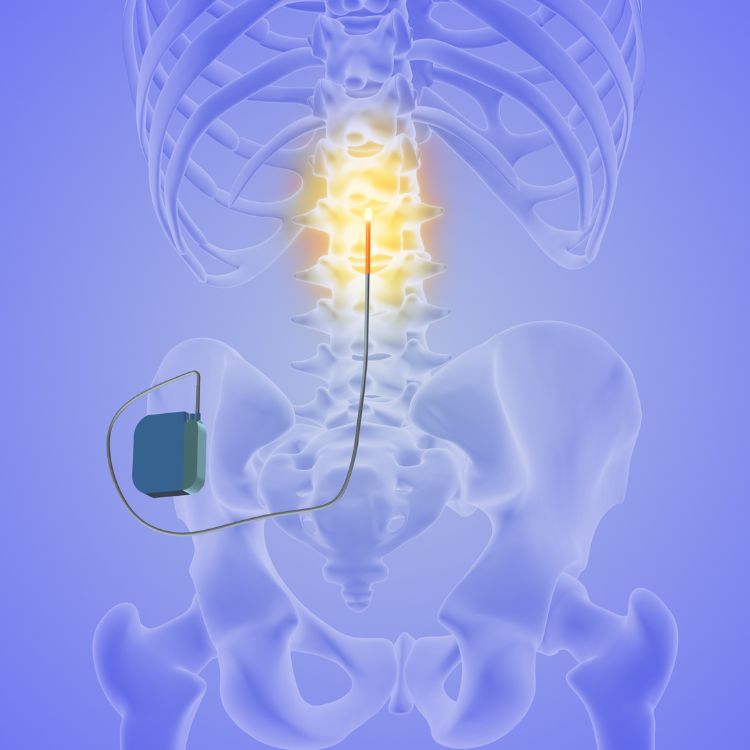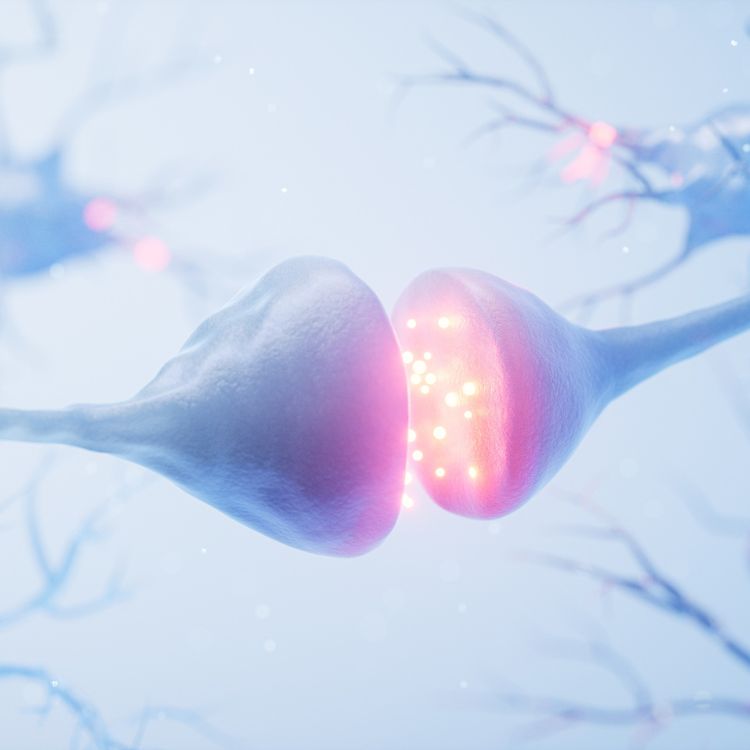Understanding Pain After a Spinal Cord Injury
Pain after a spinal cord injury doesn’t always follow the same rules as other types of pain. It may feel sharp, burning, or stabbing. It might be constant or come in waves. Some patients feel pain in areas with little or no sensation, while others experience intense discomfort around the injury site.
There are typically two types of pain associated with spinal cord injuries:
- Neuropathic pain, caused by damage to the spinal cord or nerves, often described as burning, tingling, or electrical sensations.
- Musculoskeletal pain, caused by strain on muscles and joints due to changes in movement, posture, or wheelchair use.
Both types of pain can significantly impact quality of life, but they are also treatable with the right approach.
Treatment Options That Target the Source
At Mays & Schnapp, we take a whole-person approach to treating spinal cord injury pain. Treatment begins with a detailed evaluation to understand what’s causing the pain, where it’s coming from, and how it’s affecting your day-to-day life.
Depending on your needs, we may recommend:
- Medications that target nerve pain and reduce inflammation
- Physical therapy to relieve musculoskeletal discomfort and support function
- Targeted injections or nerve blocks for localized relief
- Spinal cord stimulation or infusion therapy for long-term neuropathic pain
- Psychological support and coping strategies to manage the emotional toll of chronic pain
We work closely with you—and with your broader care team, if needed—to develop a customized plan that puts your comfort and independence first.






